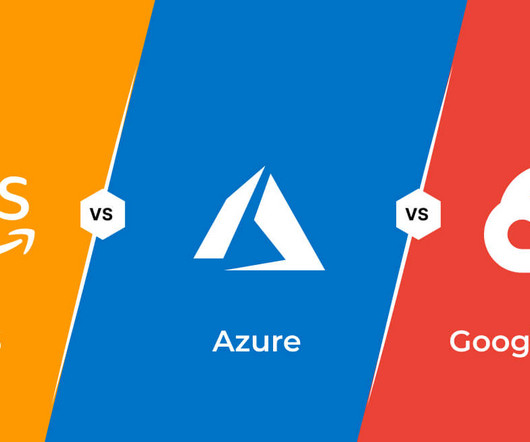What is Elasticity in the AWS Cloud?
Blue Sentry
NOVEMBER 20, 2023
I’m often asked by Executives to explain Cloud native architectures so I’ve put together a multi-part series explaining common patterns and Technical jargon like container orchestration, streaming applications, and event-driven architectures. AWS Elasticity and Scalability But what exactly does that mean?






















Let's personalize your content